When your business is literally on wheels, there are certain accounting quirks you need to be prepared to handle. From tracking your assets to keeping up on your sales tax requirements, maintaining detailed financial records is the key to your success. Maintaining accuracy in your accounting practices can mean the difference between a loss in profit and the funds to head into your next year.
Track Your Fixed Assets
No matter what type of mobile business you run, your vehicle is your most important fixed asset, especially if it doubles as your storefront at different locations. Fixed assets include the things you buy for your business that you plan to use for at least more than a year. Typically, fixed assets include vehicles, land, buildings, and more expensive office equipment.
In the case of a mobile business, your fixed assets likely include:
Vehicles
Computer Equipment
Office Equipment
Furniture and fixtures
Put simply, fixed assets are the pricier items that you use in your day-to-day business operations that help you make money. While these assets add value to your business, they’re not things you’re planning to sell any time soon.
To track your fixed assets, you’ll likely want to rely on the services of an experienced accountant. They’ll add your fixed assets to your business’s balance sheet to help you understand the value behind your hard work.
Your accountant will also track the depreciation of your fixed assets to better assess the actual market value behind things like the RV that you use for your mobile boutique or food truck. Depreciation occurs as time goes by and the items owned by your business become less valuable. It’s important to track depreciation and include it on your balance sheet so that you can expense assets accurately.
Know Your Sales Tax Requirements
Just like any brick-and-mortar business, mobile businesses are required to pay sales tax at the point of sale. But what happens when sales tax requirements differ between locations? Different tax jurisdictions will have varying tax rates and obligations placed on your business.
Depending on how much you travel in a given day or weekend, your sales tax liability can change significantly. If you fail to adjust the tax rate at the point of sale, you could be stuck paying extra money to the State when it’s time to file your sales tax returns.
A good habit to practice is checking in with your state’s department of revenue before selling your products in a specific location. If you’re in Illinois, a good resource to consult is the department of revenue’s Tax Rate Finder. This nifty tool will tell you the tax rate at any given location and help you stay on top of your tax liabilities when you’re on the road.
Take Advantage of Point of Sale Systems
Another way to stay on top of sales tax rates is to invest in a quality Point of Sale (POS) system. Some even have built-in sales tax rate databases to help you select the correct rate to charge customers. POS systems also help you manage your inventory and staffing needs to some degree.
The most commonly used Point of Sale systems include:
Square
Shopify
Vend
Lightspeed
ShopKeep
QuickBooks
PayPal Here
They’re called “systems” because they typically include a combination of specialized software and the hardware you’ll need to run it (i.e. the little card reader you use to process credit card transactions that plugs into your phone).
The software involved in a POS system does more than process transactions. It handles behind-the-scenes functions like tax calculation, receipts, inventory, reporting, and employee management functions like time cards and payroll. Some even help you with customer relationship management (CRM), allowing you to track the purchases that are unique to each customer and help you buy inventory more accurately.
Utilizing a dependable POS system combined with a dedicated cash management system can help you create the foundation of a successful mobile business.
Keep Track of Inventory
While your POS system is capable of tracking inventory, you’re going to want to develop your own method before automating. The biggest mistake you can make, especially in the beginning, is to understock or overstock your supply of goods. It doesn’t matter if you’re selling food or fashion.
Your goal should be to develop an inventory system that maintains the demand for your products without spending more than you’re making in profits. That means you’ll need to source your products wisely and keep track of what you have on hand. If a menu item or designer shirt isn’t selling, you’ll want to create a sale to move that product as quickly as possible so that you can replace it with another.
Your inventory tracking system should allow for some flexibility, but you should also check in at least every month. Depending on how granular you want your system to be, you can even perform margin analysis on an item by item basis to make sure you’re getting the profits you need out of the prices you’re paying for inventory.
Ask for Help
If you’re feeling overwhelmed with the prospect of managing your accounting needs, it’s well-worth your time and money to invest in the services of an accountant or CPA. An accounting professional can save you hours every month by maintaining your financial reports, tracking your assets, and advising you on matters like sales tax compliance and inventory tracking. Building a relationship with an accountant throughout the year will also simplify the process of closing out your books and starting fresh in the years you have ahead of you with your business.

